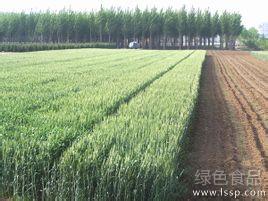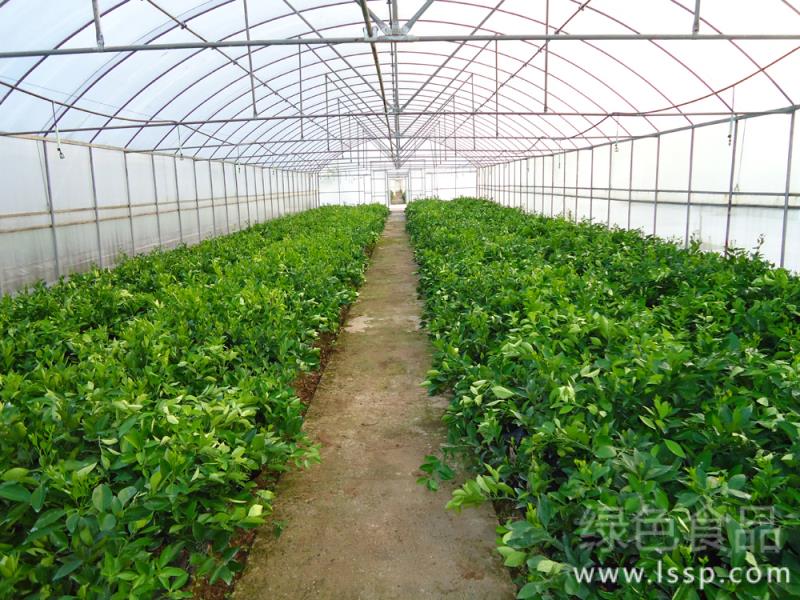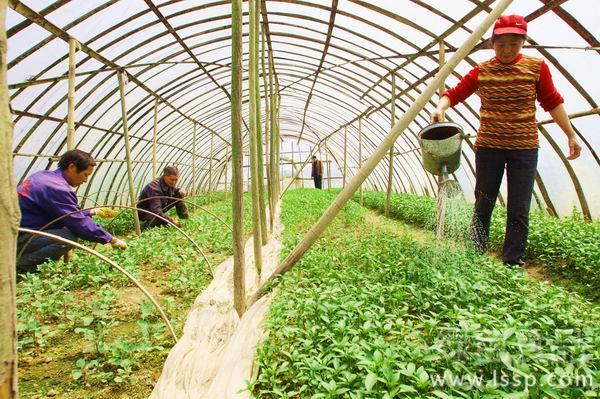Analysis on the Technical characteristics of "intercropping and multiple cropping" Model in Wheat Field

Preparation of wheat field with multiple cropping of rice and wheat
According to the different geographical location, natural resources and production conditions in different regions, farmers should adjust measures to local conditions in the arrangement of stubble and crop layout. Based on the local experience, the "intercropping and multiple cropping" models based on wheat planting are as follows:
1. Intercropping and multiple cropping of wheat and grain. There are three forms of wheat-grain re-cropping, wheat-grain interplanting and two-stubble wheat-grain interplanting.
The main results are as follows: (1) replanting wheat and grain. That is, the planting system of two crops a year, in which autumn crops are planted after wheat harvest. This model is mostly adopted in the wheat area of central and southern Hebei in our province.
(2) interplanting wheat and grain. Intercropping wheat and corn. Under the premise of ensuring that the yield of wheat will not be reduced in that year, it will be able to increase the yield of corn by 10% and 20%. This model is suitable for wheat areas with frost-free period of 210-230days and active accumulated temperature of more than 4700 ℃.
(3) two-stubble intercropping of wheat and grain. Most of the planting methods are 1.3-1.7 meters as a planting belt, wheat covers an area of 0.7-1 meter, planting wheat 4-6 rows, leaving 0.6-0.7 meters interplanting rows, 40-50 days before wheat harvest interplanting two rows of autumn grain, generally mainly corn, can also interplant sorghum, sweet potato and other crops. The yield of this method is slightly lower than that of flat sowing of wheat, but there is great potential to increase yield and income of interplanting corn and other crops. This planting mode is "give priority to autumn, protect autumn and compete for summer", which can turn the areas where it is difficult to double cropping into double cropping, which is suitable to be popularized in the cooler wheat area of eastern Hebei (including the north of Langfang, Tang and Qin).
two。 Interplanting wheat, autumn grain and green fertilizer. It is a method to increase green manure crops and realize the combination of land use and land cultivation on the basis of interplanting between wheat and autumn grain. This model is suitable for the areas where the production conditions and yield level are low, or where there is more land and few people and extensive farming, and the development of green manure crops is regarded as an effective way to fertilize the soil. There are two ways: two grains and one fertilizer, and two grains and two fertilizers.
(1) two grains and one fertilizer. It is suitable for development in areas with serious spring drought, concentrated summer rain and lack of irrigation conditions. Most of the interplanting methods are 2.5 meters as a planting belt, wheat covers an area of 1.7 meters, sowing 10-12 rows, corn covers an area of 0.7-0.8 meters, and 2 rows of corn are interplanted in the first and middle of May. After wheat harvest, replant leguminous green manure crops, such as sesbania, beans and so on. In this way, the area of the first stubble wheat is smaller than that of flat sowing, and it can be fertilized centrally. the middle stubble corn interplanting early, resistant to disaster and stable harvest, and the three crops of green manure can be turned over and pressed before planting wheat to benefit the soil.
(2) two grains and two fertilizers. This model needs to have two conditions: first, heat can not only produce a certain green manure, but also timely turn over and plant autumn grain crops; second, there should be a certain amount of rainfall to ensure its normal sowing, or water irrigation conditions. Generally, 2-2.4 meters border belt, planting vetch in the middle of the reserved gap of wheat, interplanting corn with vetch, replanting strange hemp, sesbania or mung bean after wheat harvest, turning green manure after corn harvest to make wheat base fertilizer, generally increasing grain production by 15% and 30% in the same year. The requirements of green manure varieties of intercropping in the first half of the year are very strict. According to the wheat variety identification test of green manure interplanting in Nanpi County, Hebei Academy of Agricultural Sciences, hairy leaf vetch is better, with fast growth in early spring and high grass yield, up to more than 1250 kg per mu. And easy to turn over; the second is arrow tongue pea. The green manure of corn intercropping in the second half of the year, it is better to use mung bean whose natural plant height is lower than that of corn ear.
3. Interplanting wheat and oil. Mainly refers to wheat, peanut interplanting. This is a planting mode to win a bumper harvest of grain and oil in peanut producing areas. It is divided into two ways: flat sleeve and groove sleeve. Flat interplanting is more than wheat interplanting peanut at flowering stage, 7000-8000 holes per mu, 2 grains per hole. Planting wheat at the bottom of the ditch and peanuts on the ridge, interplanting peanuts 20 days before the wheat harvest, generally about 0.8 meters apart from the ridge, planting 3 rows of wheat at the bottom of the furrow, and interplanting 2 rows of peanuts at the top of the ridge in spring. Although the yield of interplanting peanuts is slightly lower than that of one crop of spring planting, it can harvest about 300 kilograms more wheat.
In order to solve the problem of land competition for grain and oil and long-term continuous cropping of peanuts, the planting model of wheat, oil and beans, that is, wheat, peanut and soybean belt rotation, has been created in the peanut producing area of eastern Hebei Province. In the areas with poor soil quality and water conservancy conditions, peanuts are mainly with a band distance of 1 meter, ridging and ditching, and peanuts cover an area of 0.7 meters and are planted in ridges.
- Prev

The harm to vegetables is very serious how to prevent air damage when growing vegetables in greenhouse
The harm to vegetables is very serious how to prevent air damage when growing vegetables in greenhouse
- Next

Technical suggestions on vegetable management with wide range of temperature change in winter
Technical suggestions on vegetable management with wide range of temperature change in winter
Related
- Fuxing push coffee new agricultural production and marketing class: lack of small-scale processing plants
- Jujube rice field leisure farm deep ploughing Yilan for five years to create a space for organic food and play
- Nongyu Farm-A trial of organic papaya for brave women with advanced technology
- Four points for attention in the prevention and control of diseases and insect pests of edible fungi
- How to add nutrient solution to Edible Fungi
- Is there any good way to control edible fungus mites?
- Open Inoculation Technology of Edible Fungi
- Is there any clever way to use fertilizer for edible fungus in winter?
- What agents are used to kill the pathogens of edible fungi in the mushroom shed?
- Rapid drying of Edible Fungi

